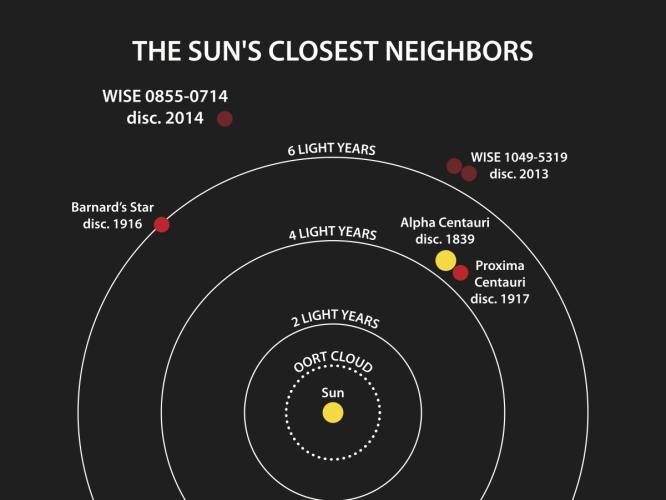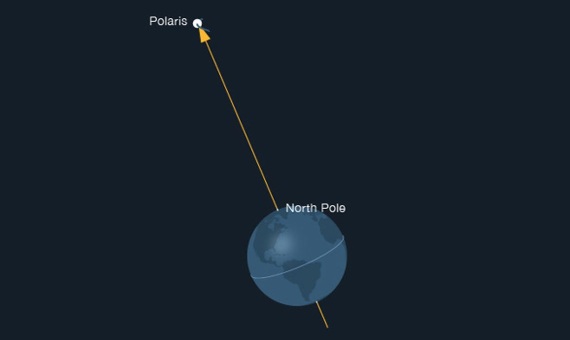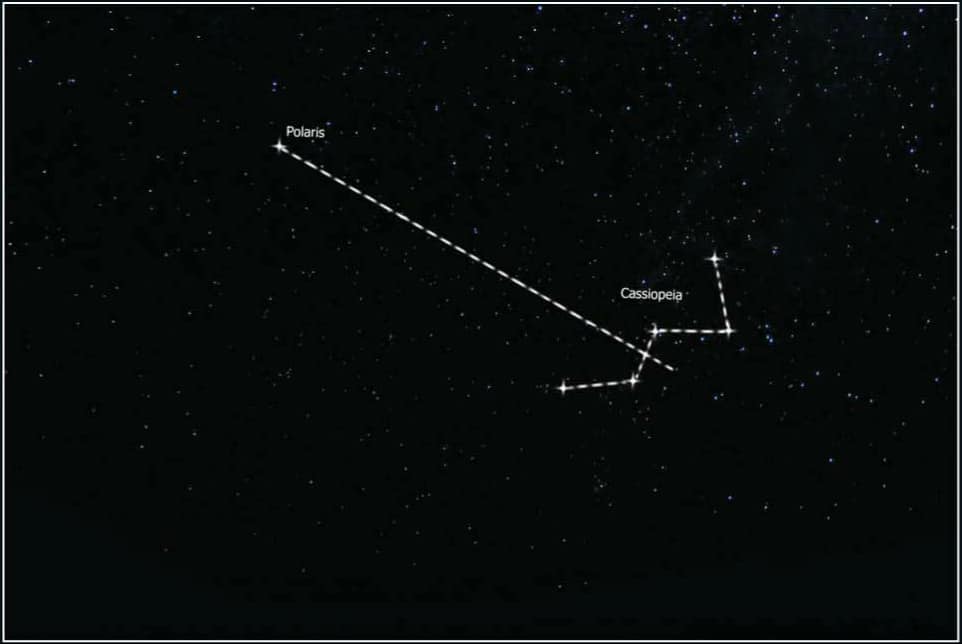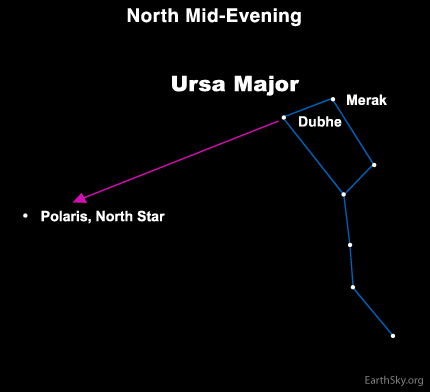There are often many misconceptions among people - such as Polestar or Dhruva tara is the nearest star to the Sun, it is brightest in the night sky, it rises first and so on.
This short blog talks about the Polestar or Polaris or Dhruva Tara.
Polestar is not the nearest star to the Sun. It is approximately 433 Light Years away, much much farther than the nearest Proxima Centaury star, which is 4.2 Light Years away from us.
Following picture shows nearest stars and their year of discovery.

Another interesting fact about Polestar is - It never rises never sets unlike the other stars such as Sirius (Vyadh) or the Sun for that matter !
Polestar is almost above the North Pole of the earth and hence its position in the sky is fixed. It appears that all the stars (even the Sun), revolves around the Polestar.
Take a look at the following picture to understand

By pointing the camera towards the North pole (or to the south in the southern hemisphere) at night, we can record the paths of the stars.
Checkout the following startrails image, captured by giving long exposure, pointing the camera in the North directionthe north.
The stars appear to circle the apparent position of the Earth's axis of rotation projected on the sky.
The innermost star trail is caused by the Polestar.
Even the Polestar also causes small trail, due to the fact that it's not exactly above the Earth's axis of rotation ! So basically it also revolves around the virtual point exactly above the Earth's axis of rotation.
How to identify the polestar?
Best of all, Polaris is readily found by using the prominent group of stars known as the Big Dipper, known as Saptarshi in India and may be the Northern Hemisphere’s most famous star pattern.
To locate Polaris, all you have to do is to find the Big Dipper pointer stars Dubhe (Kratu) and Merak (Pulaha). These two stars outline the outer part of the Big Dipper’s bowl.
Simply draw a line from Merak through Dubhe, and go about five times the Merak/Dubhe distance to Polaris.
If you can find the Big Dipper, you can find Polaris. The two outer stars in the bowl of the Dipper – Dubhe and Merak – always point to the North Star.
There are times in a year when Big Dipper is not visible in the night sky. In such case, there is another method to identify the location of Polestar using Cassiopeia constellation known as Sharmistha in India. Find out the 'M of Cassiopeia.
Draw an imaginary perpendicular bisector to the right segment in the 'M' and extend it further. As shown in the figure.
You will reach the Polestar.

Astronomy is mainly about the observation. I encourage everyone to go out and look at stars. Try to identify the Polestar.
In next chapter we will discuss about the Precession motion of the Earth.
Amateur Astronomers Group


